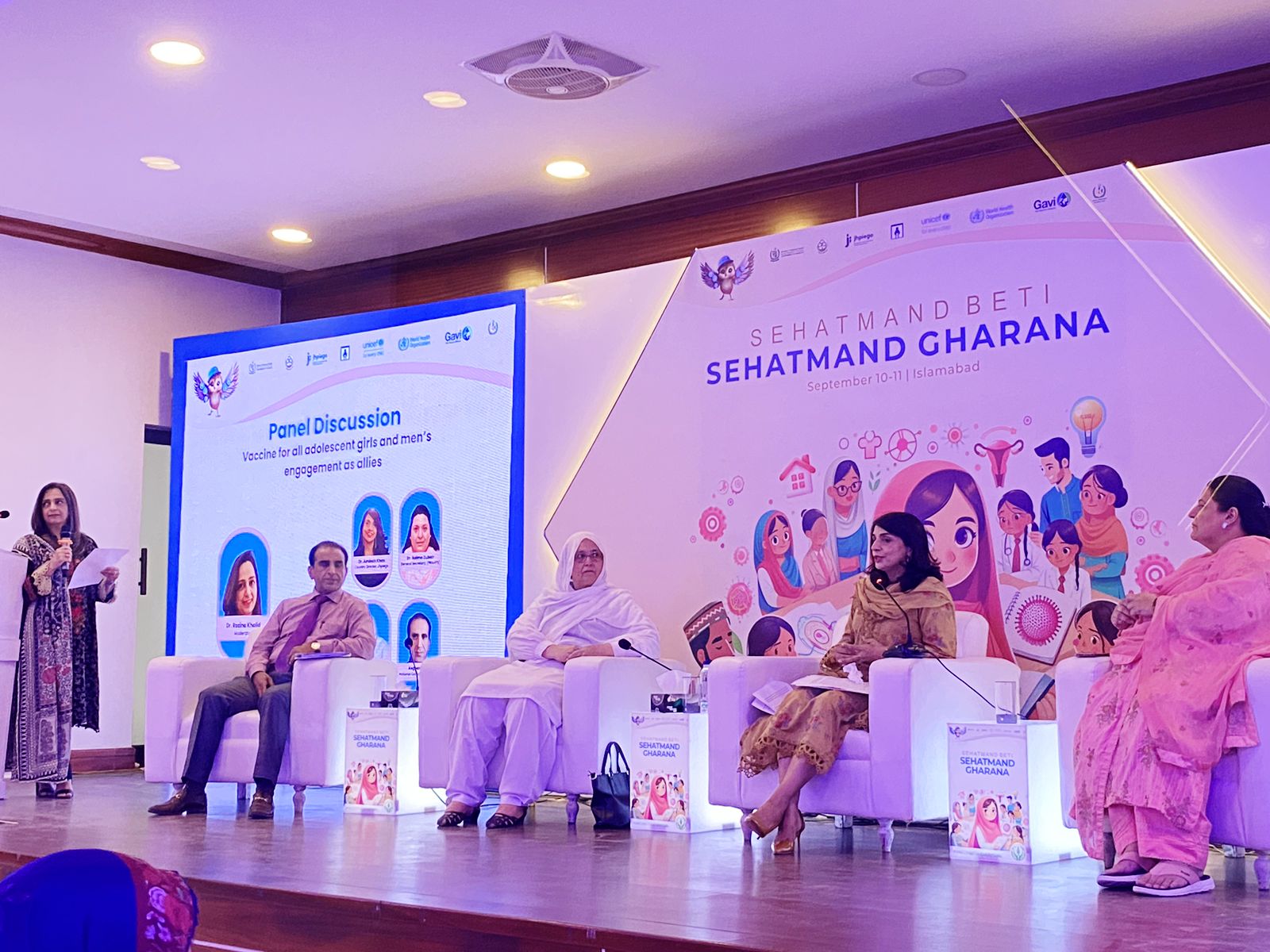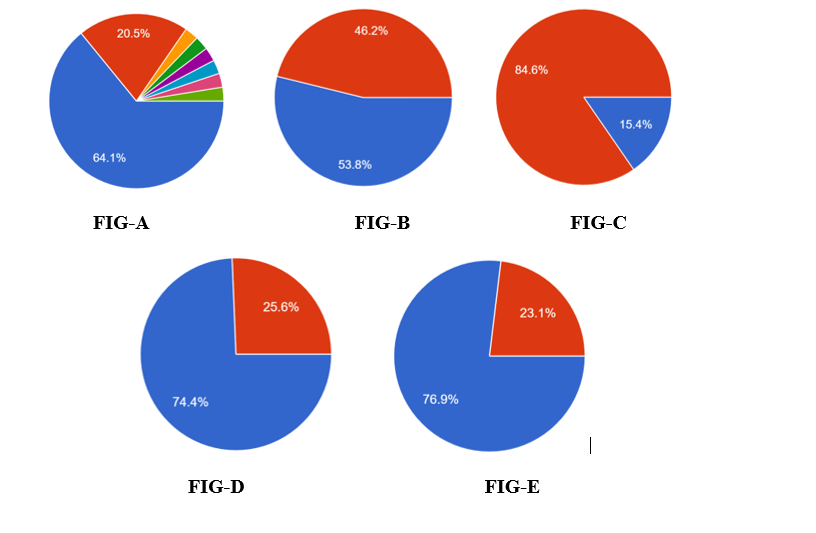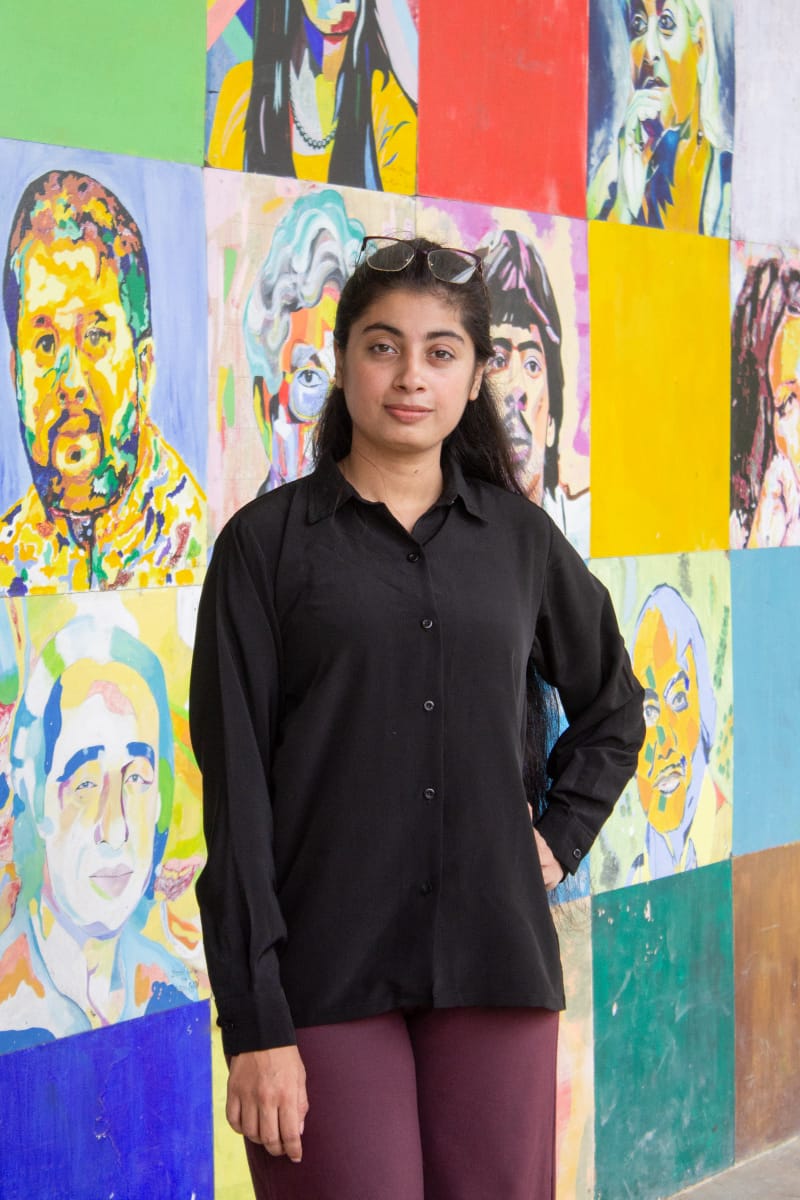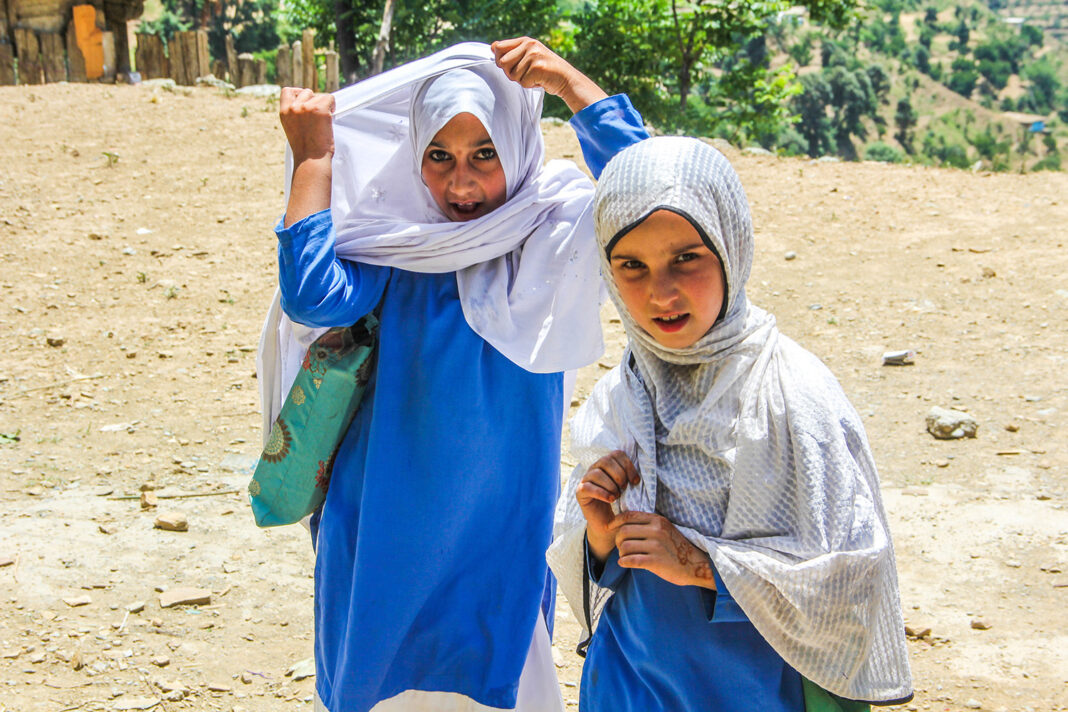In Pakistan, an HPV vaccination campaign targeting girls aged 9–14 years is being held from September 15 to 27, 2025, across Punjab, Sindh, AJK, and Islamabad. This campaign is part of the government’s initiative, supported by organizations like the World Health Organization (WHO) and UNICEF, the Global Vaccine Alliance (GAVI), to introduce the HPV vaccine and prevent cervical cancer.
Although the vaccination of 2.5 million out-of-school girls after the floods and rains, especially in remote areas and marginalised communities, could be challenging for the health teams.
This nation-wide vaccination drive is part of larger global strategy for elimination of cervical cancer and Pakistan is also a signatory of the 71st World Health Assembly Resolution of 2018 that sets a goal of 90-70-90 by year 2030, which means 90pc of girls vaccinated against HPV by age 15, 70pc of women screened by age 35 and again by 45, and 90pc of women with cervical cancer disease receive treatment/palliative care.
Societal Taboos: A Major Barrier in Immunization Drives!
Let’s just agree that we are no novices to the very obvious deterrence of our nation towards vaccination. In fact, the occurrence of Polio and the negativity towards what we call ‘Science-derived protection’ is a loud screaming example in itself of how out of touch the views of the masses are when it comes to believing and blindly following harmful narratives.
Now, imagine persuading the same group of people to get their adolescent girls rightfully vaccinated against a potentially life-threatening cervical cancer.
Oh yes, the pitchforks will be pointed at you for wanting to provide healthcare to their daughters. So, what takes priority, medical care or superstitious taboos? What a conundrum for a conservative society!
But first, let us understand what HPV actually is and how it impacts the lives of women.
What is HPV?
As per the WHO, HPV is a sexually transmitted disease. It is an infection that affects the genital area, skin, and throat. HPV infections may go away on their own, but some lead to genital warts and the development of abnormal cells, which often lead to cancers. HPV infections affect all individuals regardless of gender, triggering anal, vulvar, vaginal, mouth/throat, and penile cancers, among which cervical cancer is the most prevalent.
To counter this, the prophylactic usage of the HPV vaccine became the pillar for the WHO to eradicate cervical cancer globally. This approach could prevent 60 million individuals from potential cancerous cells and over 45 million deaths from it over the course of 100 years.
But Why Mostly Women?
It must be kept in mind that while HPV contraction occurs regardless of gender, women with a cervix are the most affected among all individuals.
According to a review published in the OAMJMS by researchers Sadia et al, it was highlighted that about 7431 individuals in Pakistan have been tested for HPV between 2007 and 2018, out of which there were 80.4% reported cases of cervical cancer.
HPV Information Center, a project of WHO, shared key data in 2023, highlighting that every year over 5000 women in Pakistan are diagnosed with Cervical Cancer, while 3197 women die from the disease, making cervical cancer the 3rd most common cancer among women in Pakistan.
John Doorbar and Heather Griffin, in their study, discuss that HPV is commonly known to attack the squamous and columnar epithelium cells at the cervical transformation zone (a site where stratified simple epithelium can develop from simple columnar epithelium), which is why it affects the cervix more, as the cervical lining is rich with these cells. With the unique environment of the cervical mucosa and constant hormonal changes, the susceptibility of HPV in women increases. It is also easier for the virus to infect the basal layers due to microabrasions during intercourse.
Past, Present, and Future of HPV in Pakistan
The HPV vaccine was initially introduced in Pakistan in 2019 for girls aged 9-14, as part of the Expanded Program Immunization, but was not integrated within the National Immunization Program and, in fact, was discontinued for unknown reasons.
Moreover, there is no National Screening program for cervical cancer. Although some urban areas offer pap smears but even that is limited to the privileged few. By 2019, it was reported that less than 1% of women had themselves screened against the life-threatening disease.
The Government of Sindh had also announced the initiation of the HPV Vaccination Program in 2022, which did not come to fruition. With a delay of 3 years, the campaign is promised to start within the province from September 2025. Khyber Pakhtunkhwa is also amplifying its efforts for the launch of the HPV vaccination campaign in the province in 2026.
Allison et al, in a comparative modelling study, predicted that the successful incorporation of HPV immunization would lead to the prevention of up to 133,000 cervical cancer cases in Pakistan.

Dr Aminah Khan, Country Director of Johns Hopkins Program for International Education in Gynecology and Obstetrics (Jhpiego) and with 20 years of Public Health experience, is the leading force striving for the national integration of the HPV vaccine. Aminah Khan is playing an active role in the development and implementation of SBCC (Social and Behavioural Change Communication) for maximum impact.
Dr Aminah says that nearly 70% of the targeted aims can be achieved despite the obviously regressive environment. According to her, KAB (Knowledge, Attitude and Behaviour) studies will be conducted to gather insights from all provinces so that effective policies can be devised.
Dr Aminah further added that targeted awareness messages and capacity building of all stakeholders will serve as a strong base against cultural and religious barriers. Not only this, she mentioned that the HPV vaccine will be supplied for free and will become part of routine Immunization.
Dr Aminah informed that the funds for this will be sought from GAVI (Global Alliance for Vaccines and Immunization) for domestic financing, just like other routine vaccines. To ensure smooth execution, a potential collaboration will be nurtured with Health, Education, Religious leaders, Media, and Institutes.
She emphasized that “No girl should be left behind”.
Awareness in Youth about HPV Vaccination
A small survey of 39-40 students was conducted to observe their thought processes regarding HPV. Upon asking whether they were pro or anti-vaccinator, 64.1% (Fig. A) responded with being pro, while 20.5% fell into the anti-vaccinator category. 53.8% (Fig-B) didn’t even know about HPV or the HPV vaccine. 15.4% (Fig-C) of them had received the HPV vaccine, while 84.6% voted in favour of HPV vaccination for women.
Within this small sample, 10 individuals (Fig-D), all university-going students studying STEM, didn’t even know what cervical cancer was. When asked if they thought that men could also contract HPV, 23.1% answered “No” (Fig-E). These results indicate that although there are advocates for the HPV vaccine in the shape of young students, there is still a need for massive awareness throughout educational campuses.

In a country where women’s needs are considered secondary, Dr. Aminah Khan and her team have taken it upon themselves to ensure the protection of these women against HPV. However, the lack of understanding between the masses, compounded by the associated stigmas and the conservative social and cultural environment of Pakistan, stands as a steel wall against these efforts.
Furthermore, while the campaign targets young girls, young boys at an equal risk of contracting HPV are being overlooked. Provinces are making strides to overcome these barriers by training health workers and making HPV part of the educational curriculum. But the question is, is this enough?!
References:
- https://www.who.int/news-room/fact-sheets/detail/human-papilloma-virus-and-cancer
- https://oamjms.eu/index.php/mjms/article/view/9036
- https://hpvcentre.net/statistics/reports/PAK_FS.pdf
- https://pubmed.ncbi.nlm.nih.gov/34725040/
- https://pubmed.ncbi.nlm.nih.gov/30974183/
Similar Article: The Time is Now: Urgent Need for a Bold Call to Action for Universal Health Coverage in Pakistan

Mariam Mushtaq is an Aspire Alumni and a promising Research Scientist with a particular interest in Molecular Biology and Molecular Imaging. She is also a two-time Gold Medalist for her outstanding co-curricular performances during her Biochemistry degree program. Holding a strong passion for both writing and literature, Mariam hopes to produce work that is beneficial for science and society.

